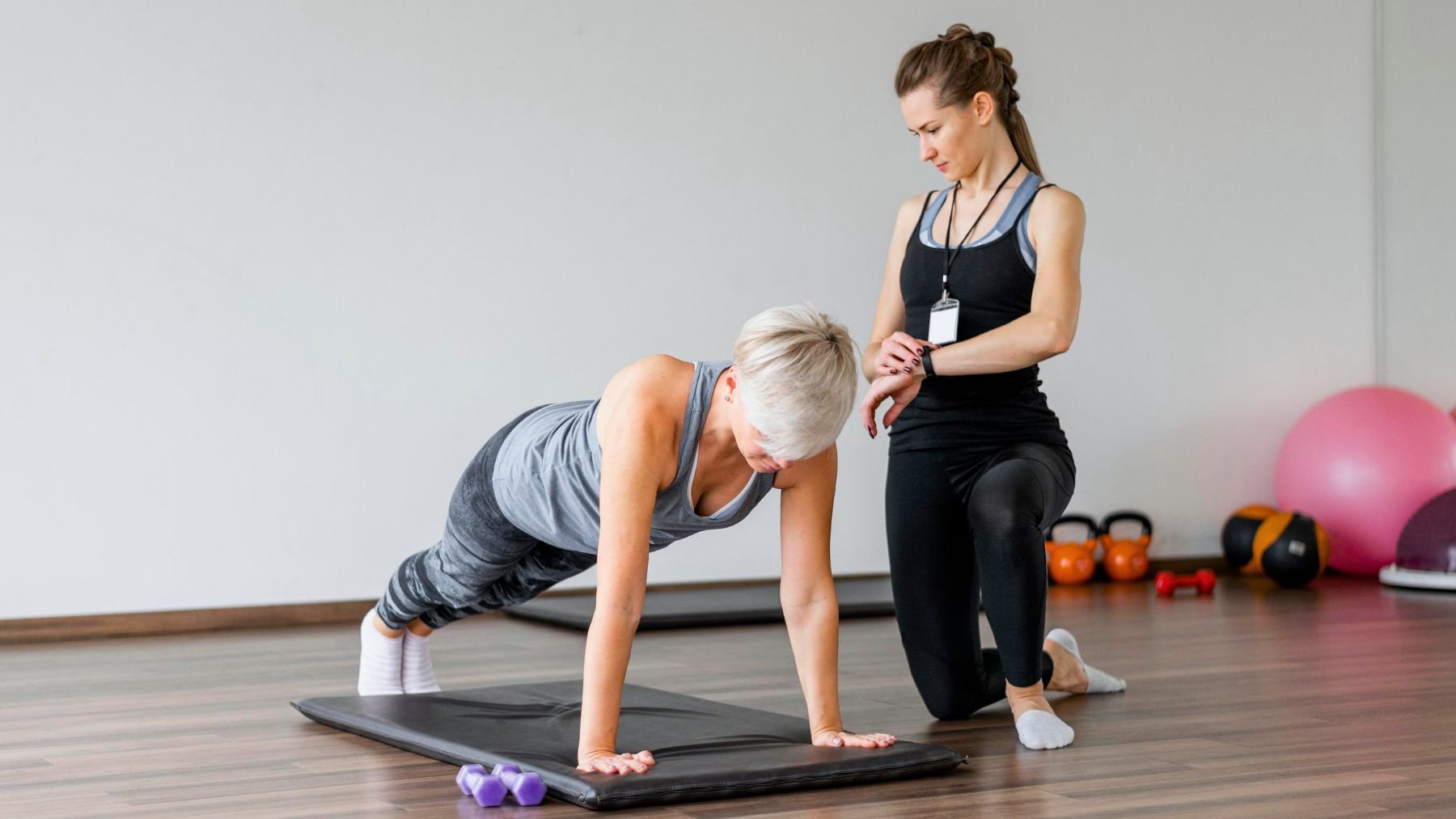If you find calisthenics or gym routines too complicated and demanding, there’s an effective exercise for seniors to fortify muscles and lower fall risks that may surprise you. This method is simple, requires no special gear, and is likely already part of your natural movements without you even realizing its full potential.
We’re talking about heel lifts. This move specifically targets the lower leg muscles, especially the calf group, as well as core stabilizers that are vital for maintaining balance, agility, and mobility during aging. Let’s outline safe techniques and introduce additional complementary exercises to round out your routine.
Heel lifts for seniors and how to do them right
Despite their basic nature, heel lifts are quite effective for building strength and reducing the risk of falls. It concentrates on the calf muscles, critical for actions such as walking, ascending stairs, and preserving equilibrium. When these muscles are weak, everyday activities can be compromised by unstable steps or a shortened stride, which raises the likelihood of slips or trips.
By reinforcing these muscle groups, you enhance your ability to push off the ground confidently, facilitating smoother navigation of uneven surfaces, safer transitions from chair to standing, and improved stability. Slowly raising your heels compels your lower legs to control both the upward and downward phases of the movement, which in turn sharpens balance, coordination, and proprioception.
Unlike high-impact exercises, heel lifts are gentle on joints and preferred by those dealing with arthritis, knee concerns, or mobility impairments. Besides, no equipment or complex setup is required. You can perform them while holding onto a kitchen counter, waiting for a bus, or even during television breaks.
When executing heel lifts safely, begin by standing behind a sturdy chair with your feet positioned hip-width apart and toes pointing forward. Lightly grip the chair’s backrest for support. Gradually lift your heels off the floor, transferring your weight onto the balls of your feet. Pause briefly at the peak to fully engage your calf muscles, then lower your heels with deliberate control.
Aim for 10-15 repetitions, twice a day. If the exercise becomes too easy, challenge yourself by raising one heel at a time or by holding light hand weights to add resistance. The focus should always be on smooth, controlled movements rather than on speed or intensity.
Other simple exercises to strengthen your body
Heel lifts are a superb starting point, yet integrating them with other movements creates a comprehensive and balanced strength-training routine. The following exercises are designed to build muscle without overstraining joints:
- Chair squats: Stand in front of a chair with your feet shoulder-width apart. Slowly lower yourself until you lightly touch the seat, then stand back up, ensuring your knees remain aligned over your toes. This exercise strengthens your thighs and glutes, essential muscle groups that support lower-body stability.
- Wall push-ups: Face a wall and position your hands slightly wider than shoulder-width apart. Bend your elbows as you lean toward the wall, then push back to the starting position. You can adjust the intensity by stepping closer to or farther from the wall. This movement works the chest, shoulders, and arms, enhancing upper-body strength and coordination.
- Seated rows with resistance bands: Sit upright and loop a resistance band around your feet. Pull the ends of the band toward your ribs while squeezing your shoulder blades together. This exercise improves posture and upper-back strength, which counteracts slouching and supports a healthier spine.
By pairing heel lifts with these complementary exercises, you’ll develop strength and improve your balance. Start with one to two sets of 8-12 repetitions, three days a week, and rest as needed. If any movement causes discomfort or pain, stop immediately.
Always consult a doctor or physical therapist before beginning a new exercise regimen, especially if you experience joint issues or cope with chronic conditions. With patience and regular practice, you’ll gradually feel stronger and more confident in your everyday activities.

